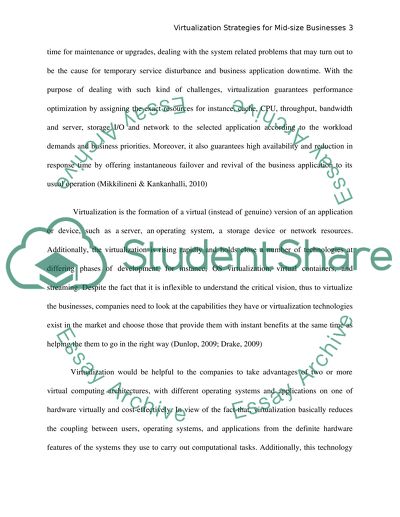Cite this document
(“Virtualization strategy for mid-sized businesses Assignment”, n.d.)
Retrieved from https://studentshare.org/family-consumer-science/1407240-virtualization-strategy-for-mid-sized-businesses
Retrieved from https://studentshare.org/family-consumer-science/1407240-virtualization-strategy-for-mid-sized-businesses
(Virtualization Strategy for Mid-Sized Businesses Assignment)
https://studentshare.org/family-consumer-science/1407240-virtualization-strategy-for-mid-sized-businesses.
https://studentshare.org/family-consumer-science/1407240-virtualization-strategy-for-mid-sized-businesses.
“Virtualization Strategy for Mid-Sized Businesses Assignment”, n.d. https://studentshare.org/family-consumer-science/1407240-virtualization-strategy-for-mid-sized-businesses.


